Checklist for Standing Frames
Name, DOB, Demographic info including height and weight
Primary diagnosis, age at diagnosis and related diagnoses
Medical history:
Make sure to describe complex diagnoses, make sure to state that this patient does not have orthostatic hypotension, postural tachycardia syndrome, osteogenesis imperfecta, osteoporosis and other brittle bone diseases.
Functional mobility:
Here you can describe developmental skills, primary means of mobility and ability to transfer.
If assistance is required with transfers, how much assistance? (This might help justify why you need the type of standing frame you do). ***If the child is able to stand/ambulate with assistance, make sure to state that the distance they are ambulating is not sufficient enough to assume all of the benefits of prolonged standing. And if able to stand with assistance, make sure to talk about how the child is able to get all of the positioning benefits from improved ROM and tone, etc…
What is their strength? (It is ok to say that MMT was not appropriate due to age, describe developmental skills compared to the typical age-appropriate skills).
What is their ROM? ***Be sure to state that their hip and knee flexion contractures are not more than 20 degrees!
What is this patients’ sensation?
Does this patient have tone?
Do they require assistance with ADL’s? How often do they have assistance during the day?
Current situation:
Is this child able to tolerate standing at all during the day?
How much assistance is required or what is being used at home for the child to remain upright?
If you did not state already, talk about the benefits of the standing frame compared to max assistance from a caregiver. SAFETY.
Does this child have any equipment that was purchased by their current insurance? If the child has a gait trainer or walker that was purchased by this insurance company, it is likely they will not approve the stander.
Trial period with standing frame:
You will need to document trial period with the stander you are requesting and why other less costly alternatives are not appropriate (trialed and ruled out).
State what standing frame was trailed and for how long.
Discuss how the child transferred in and out of the stander. If they need assistance, make sure to document that a caregiver was able to independently transfer the child in and out and appropriately position the child in the standing frame.
Discuss if the child was independent with transitioning to standing or if the caregiver demonstrated this independently. Document that the caregiver demonstrates the ability to independently secure the child in the standing frame.
Document that they caregiver/patient understand the home standing program that they are to follow once they get this device and describe what that standing program is (example: one to two times per day for 20 minutes each, increasing by 20 minutes the following week up to an hour when tolerated)
If there is decreased sensation, document that the caregiver understands the importance of skin checks after each bout in the standing frame and what to look for signs of increased pressure.
You need to state that the patients home has enough room to accommodate the product requested.
What are you requesting and describe why you need all added accessories:
Specific name of standing frame and size requested. Examples:
Shadow tray: “is required to provide anterior chest and arm support as the user move from sitting to standing. Upper extremity support anteriorly helps her with head positioning and controlled breathing.”
Lateral supports: “these re required to maintain midline alignment in the vertical position and maintain equal weightbearing through both lower extremities.”
Multi-Adjustable Foot plates: “these are required to accommodate for fluctuating tone in her lower extremities as well as leg length discrepancy for more comfortable positioning and increased tolerance to standing.”
What other less costly alternatives have been considered but rules out:
Examples: if you are requesting a Bantam standing frame be sure to say why a Symmetry would not work (there is only a swivel seat, minimal access from the front) and other pediatric standers. The Leckey or Zing standing frames were considered but ruled out because they are too small for the child. Or if requesting the Symmetry, this is a less costly alternative to the Bantam standing frame.
